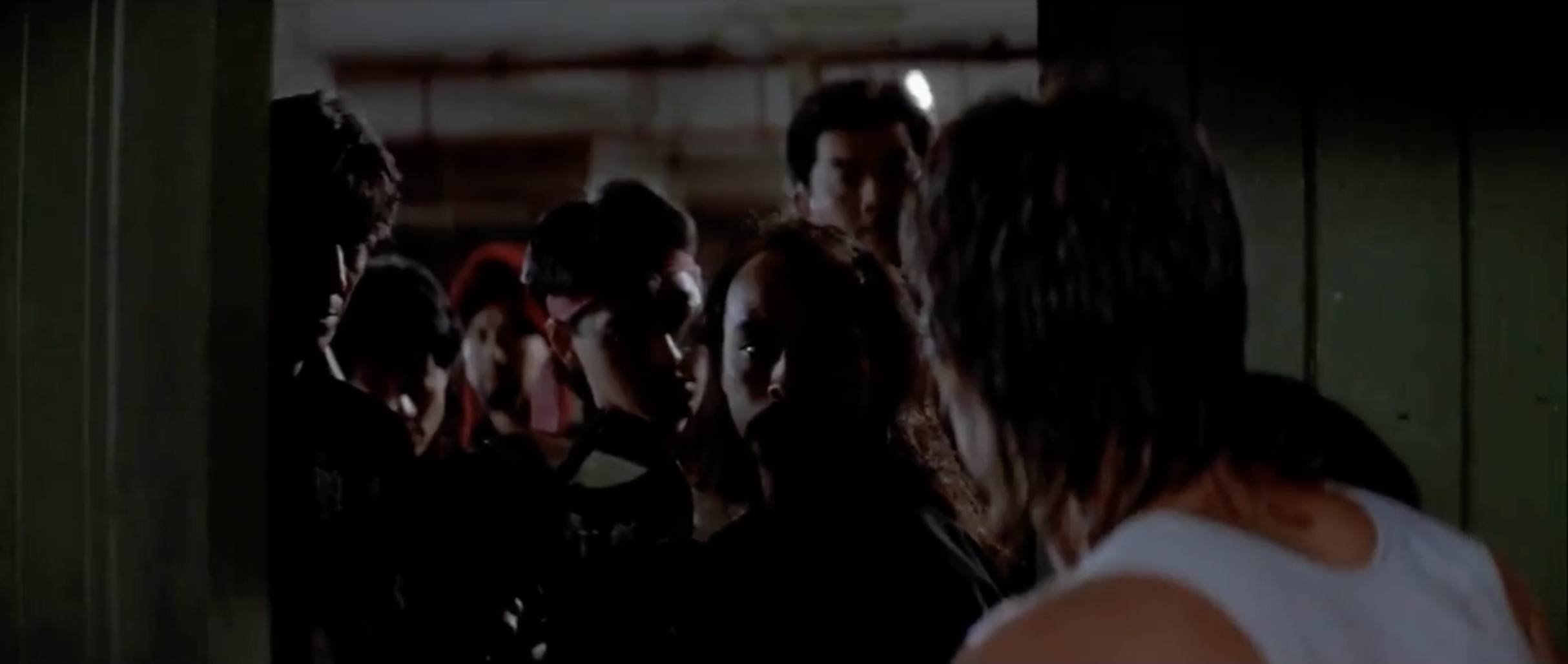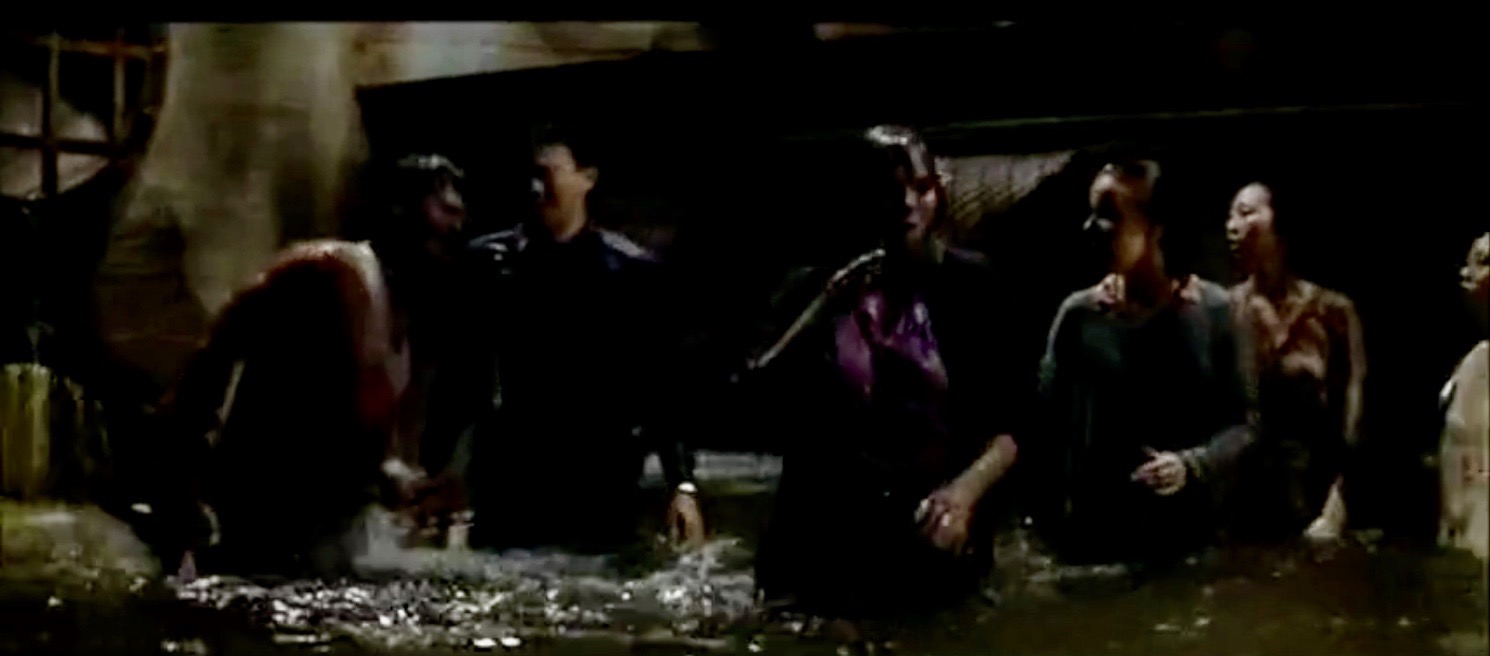
Big Trouble in Little IT: Troubleshoot Implementation Like Jack Burton
John Carpenter’s cult classic Big Trouble in Little China (1986) introduced one of the finest anti-heroes of 20th-century cinema: Jack Burton.
Kurt Russell’s fast-talking truck driver alter-ego gets entangled with bandits and sorcerers in a supernatural battle beneath Chinatown. IT and trucking, as vocations, may be worlds apart. But technology implementation sure can feel like stumbling through a trap-laden mystical underworld.
Here are some of the best troubleshooting tips we can take away from Big Trouble, right from the mouth of Jack Burton:
“I’m a reasonable guy. But, I’ve just experienced some very unreasonable things.”

IT professionals experience their fair share of hair-raising system errors at the least convenient times. But at its core, information technology is about creating order from chaos.
One of your biggest challenges is to convince decision-makers of this. Without buy-in from the top, technology implementation initiatives can face resistance. Upper management will share your concerns about new tech: improved capabilities sound great, but what struggles are bound to crop up?
Push for a leadership sponsor early on with reliable data that proves the benefits of the technology. Monitor the current system or process for six months, then show priorities, performance gaps, and where this new solution will fit. In short, why are the costs and challenges of implementation worth it?
“Okay. You people sit tight, hold the fort and keep the home fires burning. And if we’re not back by dawn… call the president.”

Jack, Gracie, Wang, and Egg Shen each bring unique skills to their raid of Lo Pan’s lair. Your technology implementation plan will also call for diverse skillsets. Once management is on board, it’s time to gather your squad of implementation heroes.
Most implementation teams include IT personnel, operations and marketing folks, and a project manager to lead the process. The IT Director is generally a point person for implementation, but the chief marketing officer is often the best endorser—marketing is all about communication and helping others see the value of products and services, after all.
Have people at every level of implementation who can promote the new tech as your champions.
“1, 2, 3…We may be trapped.”

Resistance from the wider staff (and other end users) is a common pitfall of technology implementation. When Jack opens an escape door, he finds a mob heavily armed bandits on the other side. Don’t get caught surrounded by frustrated staff (or bandits). Instead, invite employees to give input early on in the decision process. Their feedback can be instrumental in selecting the right technology to solve their needs. Focus on transparency, patience, and a clear message about the end benefits.
“Like I told my last wife, I says, Honey, I never drive faster than I can see. Besides that, it’s all in the reflexes.”

Create a reasonable timetable for technology adoption. Management might want a timeline before planning even begins, but that leads to time shortages at the end. Plan first, and make sure end-users see it coming long before you launch. After launch, phase your adoption so that only basic usage occupies the first month or two, and advanced usage comes later on.
“Everybody relax, I’m here.”

The whole staff will feel more at ease with proper guidance and training during the transition. Tailor the time spent to the needs of each department—IT staff will likely have less of a learning curve than less tech-centric roles, but they also need to know how to help others.
Regular lunch-and-learns can break complex learning tasks into more manageable (and enjoyable) chunks. Also, many SaaS providers like Salesforce and HubSpot offer free training materials. OpenWater does this with our teachable.com course.
Finally, remember that technology implementation is an ongoing process—it’s never finished. Evaluate your roll-out at regular intervals, and welcome any feedback that can increase user satisfaction in the long term. Like Jack Burton says when he looks that big ol’ storm right square in the eye:
“Give me your best shot, pal. I can take it.”

